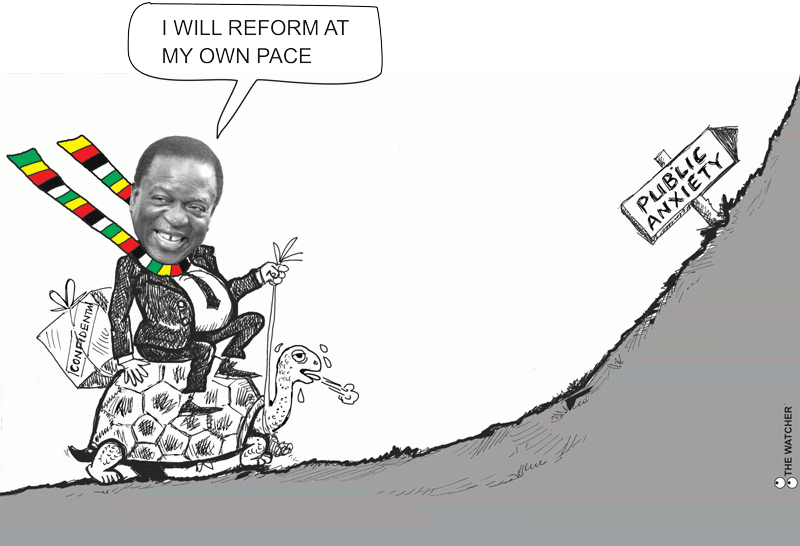
IN the world of culinary arts, pastry chefs hold a special place. With their delicate touch, creativity, and precision, they transform simple ingredients into heavenly delights that tantalise the taste buds and delight the senses. Becoming a skilled pastry chef is no easy feat—it requires passion, dedication, creativity, and a meticulous attention to detail.
In this article, we will explore what it takes to be a good pastry chef and delve into a classic French recipe that showcases the beauty of pastry craftsmanship.
To embark on the journey of becoming a pastry chef, one must first possess a deep love for the art of baking. This passion fuels the creativity and dedication required to excel in this demanding profession.
A good pastry chef is constantly inspired by flavours, textures, and aromas, and is eager to experiment with new ingredients and techniques to create innovative and delicious pastries.
In addition to passion, a good pastry chef must also possess a strong foundation in the basics of baking. Understanding the science behind baking is crucial for achieving consistent and successful results.
Knowledge of ingredients, techniques, and equipment is essential for mastering the art of pastry. A good pastry chef is always eager to learn and improve their skills, whether through formal training, hands-on experience, or experimentation in the kitchen.
Creativity is another key trait of a successful pastry chef. The ability to think outside the box, combine unexpected flavours, and create visually stunning desserts sets a good pastry chef apart from the rest.
Pastry is as much about artistry as it is about taste, and a good pastry chef knows how to balance flavours, textures, and colours to create a harmonious and memorable dessert experience.
Attention to detail is perhaps the most critical attribute of a good pastry chef. Pastry is a precise and unforgiving art form that requires meticulous measurement, timing, and technique.
From tempering chocolate to piping delicate decorations, every step in the pastry-making process must be executed with care and precision.
A good pastry chef pays close attention to every detail, ensuring that each dessert is a masterpiece of flavor and presentation.
Now, let us delve into a classic French recipe that exemplifies the artistry and skill of pastry making: the delectable Millefeuille.
This elegant and decadent pastry consists of layers of crisp, flaky puff pastry sandwiched between rich pastry cream and topped with a delicate glaze.
The Millefeuille is a true test of a pastry chef's skill, requiring precision, patience, and finesse to create a dessert that is both visually stunning and delicious.
To make a classic French Millefeuille:
Ingredients
Dough
- homemade rough puff pastry or store-bought frozen & thawed puff pastry (2 sheets) all-purpose flour as needed to roll dough
Pastry cream filling
4 large egg yolks, cold or room temperature
3 Tablespoons (23g) cornstarch
2 cups (480ml) whole milk (do not use low-fat or nondairy)
1/2 cup (100g) granulated sugar
1 tablespoon (14g) unsalted butter, softened to room temperature
1 teaspoon pure vanilla extract seeds scraped from 1/2 vanilla bean (or extra 1/2 teaspoon vanilla extract)
small pinch salt
1/2 cup (120ml) heavy cream or heavy whipping cream, cold
Topping
1 cup (120g) confectioners’ sugar, sifted
1,5 Tablespoons milk (dairy or nondairy)
1/2 teaspoon pure vanilla extract
2 ounces (57g) semi-sweet chocolate, coarsely chopped
Start by preparing the components: puff pastry, pastry cream, and glaze. The puff pastry must be rolled out, folded, and chilled multiple times to create the signature layers of flakiness.
The pastry cream, made with eggs, sugar, milk, and vanilla, must be cooked slowly and stirred constantly to achieve a smooth and creamy consistency.
The glaze, typically made with powdered sugar and a liquid such as water or milk, adds a glossy finish to the final pastry.
Assembling the Millefeuille is a delicate and precise process. Start by cutting the puff pastry into rectangular shapes and baking until golden and crisp. Once cooled, layer the pastry with the pastry cream, alternating between pastry and cream to create a beautiful stack.
Finally, top the Millefeuille with a thin layer of glaze, allowing it to set before serving.
The final touch of a Millefeuille is often a decorative finish, such as a dusting of powdered sugar, a drizzle of chocolate sauce, or a garnish of fresh berries.
These embellishments not only add visual appeal but also enhance the flavour and texture of the dessert, creating a truly memorable experience for the lucky individuals who get to indulge in this exquisite pastry.
Mastering the art of creating a perfect Millefeuille requires patience, practice, and a commitment to excellence. A good pastry chef understands the importance of precision in every step of the process, from preparing the dough to piping the cream to glazing the final pastry.
Each component must be executed flawlessly to achieve a Millefeuille that is light, crisp, creamy, and bursting with flavor.
In addition to technical skill, a good pastry chef infuses their creations with a touch of their own personality and creativity.
Whether it is experimenting with new flavour combinations, incorporating unique ingredients, or designing innovative presentations, a good pastry chef is always pushing the boundaries of traditional pastry making to create desserts that are both classic and contemporary.
Beyond the technical skills and creative flair, a good pastry chef also possesses qualities, such as resilience, adaptability, and a strong work ethic.
The demanding nature of the pastry kitchen requires long hours, attention to detail, and the ability to work under pressure.
A good pastry chef must be able to juggle multiple tasks, manage their time effectively, and maintain a positive attitude in the face of challenges.
Ultimately, what sets a good pastry chef apart is their unwavering passion for their craft. The joy of creating something beautiful and delicious from simple ingredients is what drives a pastry chef to constantly innovate, experiment, and strive for perfection.
It is this passion that fuels their creativity, inspires their dedication, and sets them on a path to becoming a master of the art of pastry.
In conclusion, being a good pastry chef is a multifaceted endeavour that requires a unique blend of skills, traits, and qualities.
From passion and creativity to attention to detail and resilience, a good pastry chef must possess a diverse set of attributes to excel in this challenging and rewarding profession.
By honing their craft, pushing their boundaries, and embracing the beauty of pastry making, a good pastry chef can create desserts that not only delight the palate but also nourish the soul.
So, whether you are a seasoned pastry chef or an aspiring baker with a sweet tooth, remember that the art of pastry is a journey of discovery, growth, and endless possibilities.
Embrace the challenge, savour the process, and let your passion for pastry guide you on a delicious and delightful adventure in the world of baking.
- Muzamhindo is a young chef with seven years’ experience in a professional kitchen and has enjoyed the concept of food since the tender age of two. She studied at the South African Chefs Academy in Cape Town and the Culinary Arts Academy in Zimbabwe to become a level three advanced chef. Her specialties range from indigenous ingredients to fine dining, gourmet food, food health and safety and food research and development. — [email protected].











